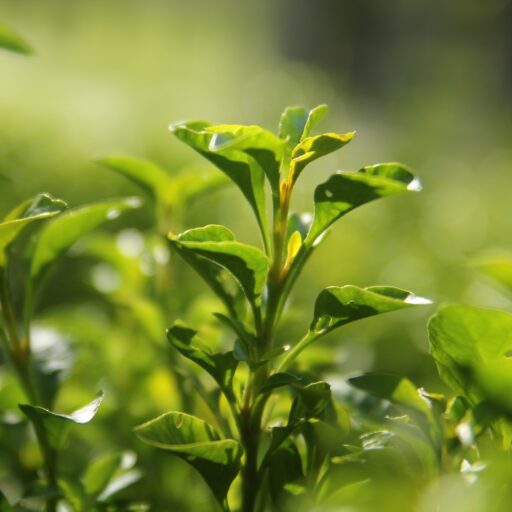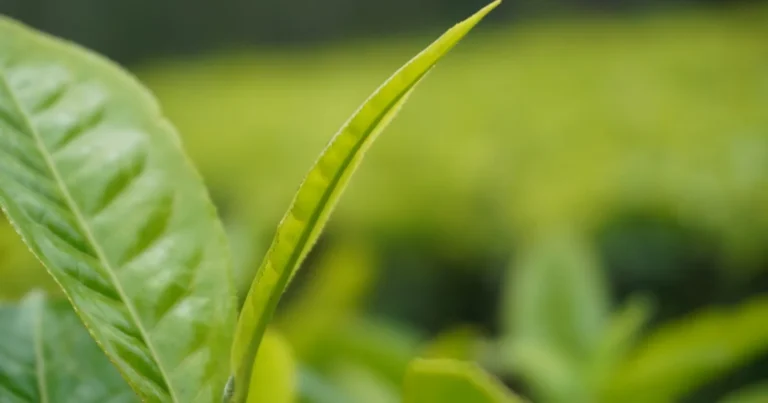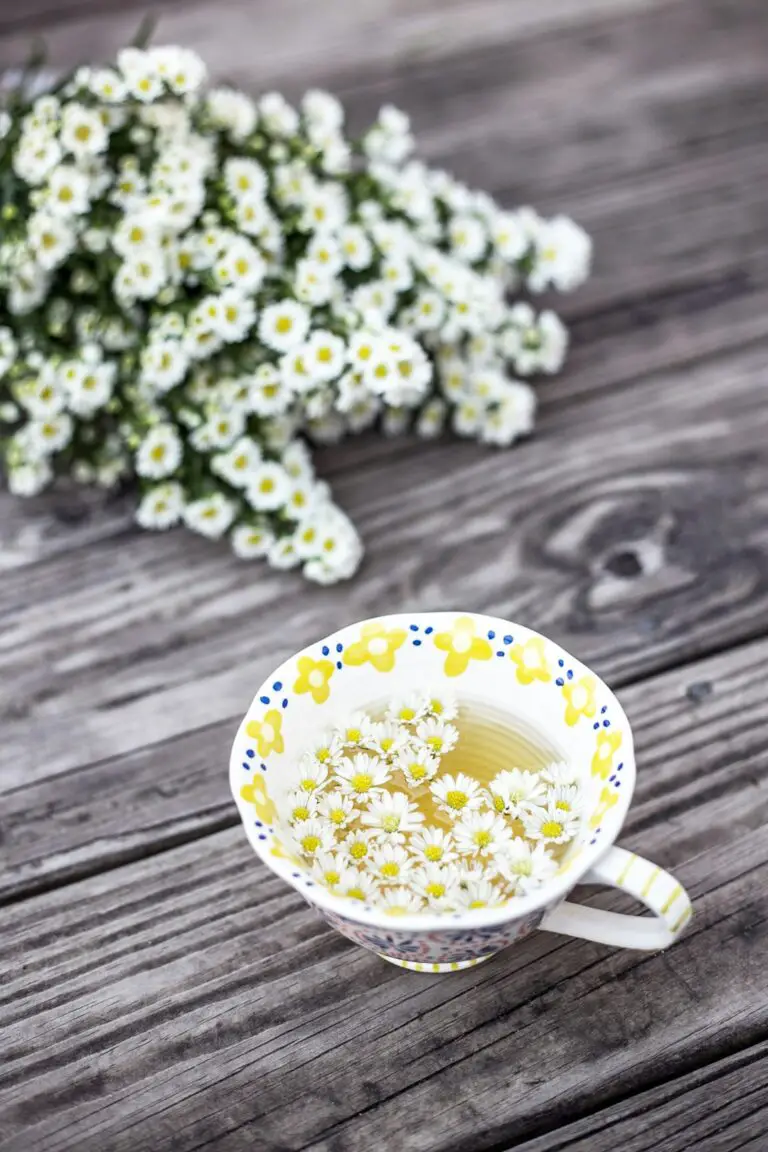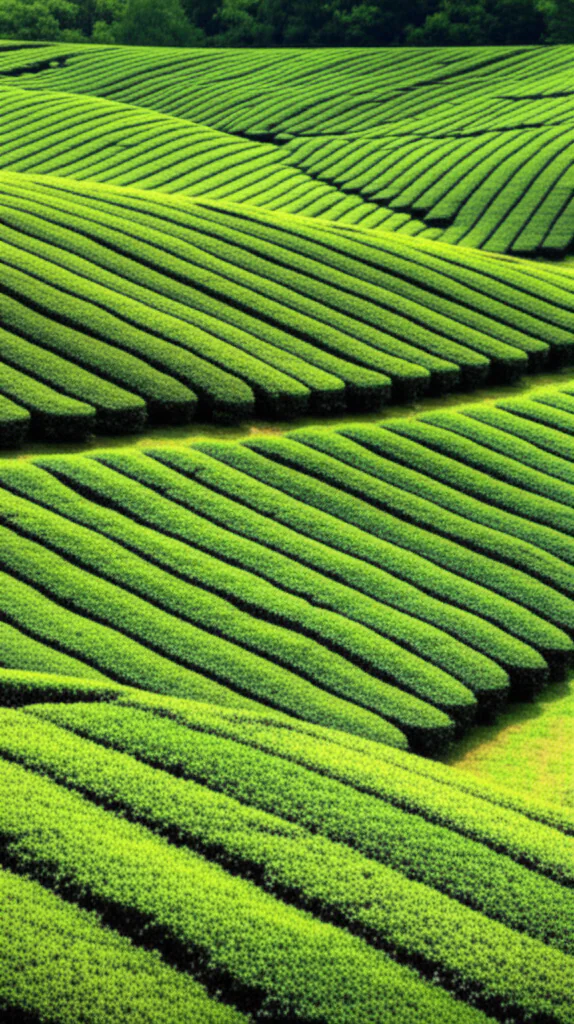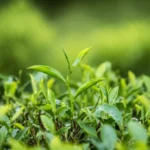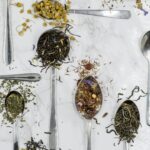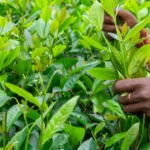Support our educational content for free when you purchase through links on our site. Learn more
10 Best Tea Plants for Sale in 2025: Grow Your Own Brew! 🍃
Imagine plucking your own fresh tea leaves right from your garden or windowsill — the aroma, the flavor, the satisfaction of brewing a cup you grew yourself! At Growing Teas™, we’ve spent years cultivating and tasting dozens of tea plant varieties, and we’re here to spill the leaves on the 10 best tea plants for sale that will thrive in your home or garden. From hardy cold-tolerant shrubs to delicate cultivars perfect for green tea, this guide covers everything you need to know to pick, grow, and harvest your own tea plants like a pro.
Did you know that tea plants can live and produce leaves for decades? But the secret to a perfect cup starts with choosing the right plant and mastering the “two leaves and a bud” harvest technique — which we’ll reveal in detail. Plus, we’ll share insider tips on soil, pruning, pest control, and even processing your leaves at home. Ready to turn your backyard into a tea lover’s paradise? Let’s dive in!
Key Takeaways
- Camellia sinensis is the true tea plant species, with two main varieties: sinensis (cold hardy) and assamica (tropical).
- Choosing the right tea plant depends on your climate, space, and tea preferences — we recommend 10 top varieties for different needs.
- Proper soil (acidic, well-draining), watering, and pruning are essential for healthy growth and flavorful leaves.
- Harvest the “two leaves and a bud” regularly for the best tea quality and plant vigor.
- You can grow tea plants indoors or outdoors, but each environment requires different care strategies.
- Trusted sellers like Camforest, Fast Growing Trees, and Akatsuka Orchid Gardens offer quality plants with reliable shipping.
Ready to shop?
- Camforest Tea Plants: Amazon | Official Site
- Fast Growing Trees – Cold Hardy Tea Plant: Amazon | Official Site
- Akatsuka Orchid Gardens Tea Plants: Official Site
Get ready to cultivate your own perfect cup of tea!
Table of Contents
- ⚡️ Quick Tips and Facts About Tea Plants for Sale
- 🌱 The Leafy Legacy: History and Origins of Tea Plants
- 🍃 What Are Tea Plants? Understanding Camellia sinensis
- 🌍 Best Tea Plant Varieties by Region: From Assam to Darjeeling and Beyond
- 🛒 10 Top Tea Plants for Sale: Our Favorite Varieties to Grow at Home
- 🌿 How to Choose the Perfect Tea Plant for Your Garden or Greenhouse
- 🏡 Growing Tea Plants at Home: Soil, Climate, and Care Tips
- 💧 Watering, Pruning, and Pest Control: Essential Tea Plant Maintenance
- 🌞 Indoor vs Outdoor Tea Plant Growing: Pros, Cons, and Tricks
- 🌱 Propagation Techniques: How to Grow New Tea Plants from Cuttings and Seeds
- 📦 Where to Buy Tea Plants Online: Trusted Nurseries and Specialty Sellers
- 💡 Common Mistakes When Buying Tea Plants and How to Avoid Them
- 🌿 Harvesting Your Tea Leaves: When and How to Pick for Best Flavor
- 🍵 From Leaf to Cup: Processing Your Homegrown Tea Leaves
- 🌟 Unique Tea Plant Varieties You Didn’t Know You Could Grow
- 🛠️ Troubleshooting Tea Plant Problems: Diseases, Pests, and Growth Issues
- 🌿 Sustainable and Organic Tea Plant Growing Practices
- 🎁 Gift Ideas: Tea Plants and Accessories for Tea Lovers
- 📚 Recommended Reading and Resources for Tea Plant Enthusiasts
- 🔚 Conclusion: Your Journey to Growing Perfect Tea Plants Starts Here
- 🔗 Recommended Links for Buying and Learning More About Tea Plants
- ❓ FAQ: Your Burning Questions About Tea Plants for Sale Answered
- 📖 Reference Links and Further Reading
⚡️ Quick Tips and Facts About Tea Plants for Sale
Welcome to the wonderful world of tea plants! Whether you’re dreaming of your own backyard tea farm or just want a fresh supply of leaves for your next cuppa, Growing Teas™ has your back. Before you dive headfirst into planting, here are some quick tips and facts to get you started:
- Tea plants are Camellia sinensis — the same species that produces white, green, oolong, and black teas.
- You can buy tea plants as seedlings, rooted cuttings, or mature plants — each with pros and cons.
- Tea plants prefer acidic, well-draining soil with a pH of 5.0 to 6.5.
- They thrive in temperate to subtropical climates but can be grown indoors in colder zones.
- Regular pruning every 6-12 months encourages fresh leaf growth for harvesting.
- Tea plants can live and produce leaves for decades if cared for properly.
- Harvesting is best done by picking the top two leaves and a bud every 7-14 days during the growing season.
- Growing your own tea means fresher flavor and control over pesticides — a win for your taste buds and health!
- Some states require soil treatment for shipping; always check local regulations before ordering.
For a deep dive on starting your own tea farm, check out our detailed guide: Starting a Backyard Tea Farm: 15 Expert Tips for Your Own Brew 🍃.
🌱 The Leafy Legacy: History and Origins of Tea Plants
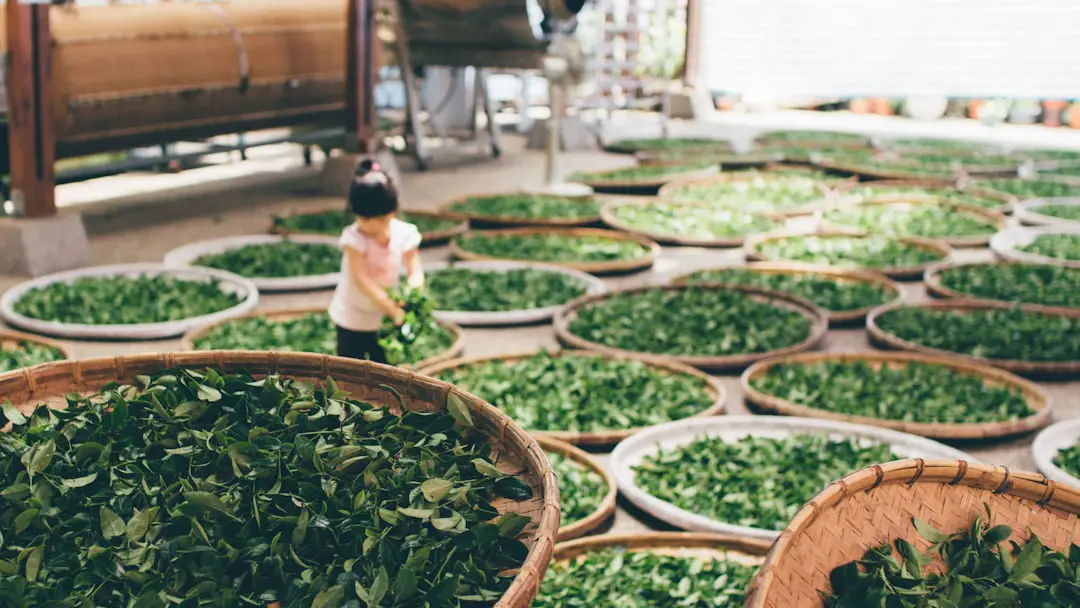
Tea plants have a story as rich as the brew they produce. The Camellia sinensis species originated in the misty mountains of East Asia, with archaeological evidence pointing to ancient China as the cradle of tea cultivation. The plant’s journey from wild shrub to global beverage staple is a tale steeped in culture, trade, and innovation.
The Ancient Roots of Tea Cultivation
- Origins: Tea cultivation began over 5,000 years ago in China, where legend credits Emperor Shen Nong with discovering tea’s refreshing qualities.
- Spread: From China, tea cultivation spread to Japan, Korea, India, and eventually worldwide, adapting to local climates and tastes.
- Varietals: Over centuries, selective breeding and regional cultivation gave rise to different tea plant varieties, each suited to unique terroirs and processing methods.
Why Knowing History Matters
Understanding the history of tea plants helps you appreciate the genetic diversity and cultivation techniques that influence flavor and growth habits. For more fascinating stories, explore our History of Tea section.
🍃 What Are Tea Plants? Understanding Camellia sinensis
At the heart of every cup of tea is the Camellia sinensis plant, a resilient evergreen shrub or small tree. But did you know there are two main varieties?
| Variety | Description | Common Uses |
|---|---|---|
| Camellia sinensis var. sinensis | Smaller leaves, cold tolerant, classic Chinese teas | Green, white, oolong, black teas |
| Camellia sinensis var. assamica | Larger leaves, tropical, robust flavor | Assam black teas, strong brews |
Anatomy of a Tea Plant
- Leaves: The prized parts, harvested for tea production. Young leaves and buds yield the best flavor.
- Flowers: Small white blossoms with a subtle fragrance, sometimes used in ornamental gardening.
- Roots: Shallow but spreading, requiring well-draining soil to avoid rot.
Why Choose Camellia sinensis?
Unlike herbal teas, which come from various plants, only Camellia sinensis leaves produce true tea with caffeine and unique polyphenols. Dive into Herbal Tea Planting if you want to explore caffeine-free options.
🌍 Best Tea Plant Varieties by Region: From Assam to Darjeeling and Beyond
Tea plants adapt beautifully to their environment, and the terroir shapes the flavor profile of the leaves. Here’s a quick tour of the most popular regional varieties you might consider growing:
| Region | Variety/ Cultivar | Climate | Flavor Profile | Growing Notes |
|---|---|---|---|---|
| Assam, India | Assamica | Tropical, humid | Bold, malty, brisk | Thrives in hot, wet conditions |
| Darjeeling, India | Sinensis & Hybrids | Cool, misty hills | Floral, muscatel, delicate | Requires cooler temps, shade |
| China (Fujian) | Sinensis | Subtropical | Light, sweet, vegetal | Prefers acidic soil |
| Japan (Shizuoka) | Sinensis | Temperate | Grassy, umami-rich | Grown for green teas |
| Taiwan | Hybrid & Sinensis | Mountainous, humid | Fruity, complex oolongs | Needs well-drained slopes |
Growing Tip
If you’re new to tea cultivation, consider starting with Camellia sinensis var. sinensis for its hardiness and versatility.
🛒 10 Top Tea Plants for Sale: Our Favorite Varieties to Grow at Home
Ready to pick your perfect tea plant? Here’s our curated list of 10 top tea plants for sale that combine quality, reliability, and flavor potential. We’ve rated them on a 1-10 scale for design (pot size, appearance), functionality (growth vigor, leaf quality), and ease of care.
| Plant Name | Design | Functionality | Ease of Care | Notes |
|---|---|---|---|---|
| Camellia sinensis ‘Dave’s Fave’ | 8 | 9 | 8 | Popular cultivar, vigorous growth |
| Cold Hardy Tea Plant (Fast Growing Trees) | 7 | 8 | 9 | Great for colder climates |
| Akatsuka Orchid Gardens 4″ Pot | 8 | 7 | 7 | Perfect starter plant, compact |
| Sochi Tea Plant | 7 | 8 | 7 | Known for subtle flavor differences |
| Assamica Seedling | 6 | 9 | 6 | Needs tropical conditions |
| Darjeeling Hybrid | 7 | 8 | 7 | Delicate flavor, needs shade |
| Chinese Sinensis Cuttings | 8 | 9 | 8 | Reliable and fast-growing |
| Taiwanese Oolong Variety | 7 | 8 | 7 | Requires well-drained soil |
| Japanese Shizuoka Variety | 7 | 7 | 8 | Ideal for green tea enthusiasts |
| Organic Seedlings (Camforest) | 8 | 8 | 8 | Grown from open-pollinated seeds |
Our Favorite Pick: Camellia sinensis ‘Dave’s Fave’
This cultivar is a fan favorite among Growing Teas™ growers for its robust growth and excellent leaf quality. It’s a great all-rounder for beginners and seasoned growers alike.
🌿 How to Choose the Perfect Tea Plant for Your Garden or Greenhouse
Choosing the right tea plant depends on your climate, space, and tea preferences. Here’s a step-by-step guide to help you decide:
Step 1: Assess Your Climate and Space
- Hardiness Zones: Tea plants thrive in USDA zones 7-9 but can be grown indoors in colder zones.
- Space: Do you have room for a full shrub (up to 6 feet) or will you grow in containers?
Step 2: Decide on Tea Type
- Want to brew green, black, or oolong tea? The same plant can produce all types, but some cultivars excel at specific teas.
Step 3: Choose Seedlings vs Cuttings vs Mature Plants
| Option | Pros | Cons |
|---|---|---|
| Seedlings | Hardy, genetically diverse | Slower to mature |
| Rooted Cuttings | Clonal, predictable traits | May be less vigorous |
| Mature Plants | Faster harvest, established | More expensive, shipping risk |
Step 4: Source From Trusted Sellers
Look for nurseries with good reviews and clear shipping policies. We recommend:
🏡 Growing Tea Plants at Home: Soil, Climate, and Care Tips
Growing tea plants at home is a rewarding adventure. Here’s how to create the perfect environment:
Soil Requirements
- Acidic soil: pH 5.0 to 6.5 is ideal. Amend with peat moss or pine needles if needed.
- Well-draining: Avoid soggy roots by mixing in sand or perlite.
Climate Preferences
- Tea plants love mild temperatures (60-85°F / 15-29°C).
- Protect from frost; plants become dormant below 32°F.
Light Needs
- Prefer partial shade to full sun — too much direct sun can scorch leaves, especially in hot climates.
Fertilization
- Use a balanced fertilizer with micronutrients every 6-8 weeks during growing season.
- Organic options like compost tea or fish emulsion work wonders.
💧 Watering, Pruning, and Pest Control: Essential Tea Plant Maintenance
Watering
- Keep soil consistently moist but not waterlogged.
- Water deeply once or twice a week, more in hot weather.
Pruning
- Prune annually or biannually to maintain shape and encourage new growth.
- Focus on cutting back old wood and thinning dense areas.
Pest Control
- Common pests: aphids, spider mites, scale insects.
- Use neem oil or insecticidal soap as organic treatments.
- Encourage beneficial insects like ladybugs.
🌞 Indoor vs Outdoor Tea Plant Growing: Pros, Cons, and Tricks
| Growing Environment | Pros | Cons | Tips |
|---|---|---|---|
| Outdoor | Natural conditions, larger plants, higher yield | Vulnerable to frost, pests, weather extremes | Use frost cloths, mulch, and windbreaks |
| Indoor | Controlled environment, year-round growth | Limited size, lower yield | Use grow lights, humidity trays |
🌱 Propagation Techniques: How to Grow New Tea Plants from Cuttings and Seeds
From Seeds
- Soak seeds overnight, plant in acidic, well-draining soil.
- Germination takes 1-2 months; keep soil moist and warm (~75°F).
- Seedlings grow slowly but develop strong root systems.
From Cuttings
- Take semi-hardwood cuttings (~4-6 inches) in late spring.
- Dip in rooting hormone, plant in moist rooting medium.
- Maintain high humidity and indirect light until roots develop (~6-8 weeks).
📦 Where to Buy Tea Plants Online: Trusted Nurseries and Specialty Sellers
Here are some reliable sources with great reputations and quality plants:
-
Camforest Tea Plants
Offers open-pollinated seeds and rooted cuttings with detailed shipping info.
Shop Camforest Tea Plants on Amazon | Camforest Official Website -
Fast Growing Trees – Cold Hardy Tea Plant
Known for hardy plants suitable for colder climates.
Shop Fast Growing Trees on Amazon | Fast Growing Trees Official Website -
Akatsuka Orchid Gardens – 4″ Pot Tea Plant
Perfect starter plants grown from bi-clonal seeds.
Shop Akatsuka Orchid Gardens
💡 Common Mistakes When Buying Tea Plants and How to Avoid Them
- ❌ Buying plants not suited to your climate — always check hardiness zones.
- ❌ Ordering without verifying seller reputation or shipping policies.
- ❌ Neglecting soil preparation and plant acclimation after arrival.
- ❌ Overwatering or underwatering young plants.
- ❌ Ignoring pest signs until damage is severe.
🌿 Harvesting Your Tea Leaves: When and How to Pick for Best Flavor
When to Harvest
- Begin harvesting once plants reach 2-3 feet tall (usually 1-2 years).
- Harvest during the growing season, typically spring through early fall.
How to Harvest
- Pick the top two leaves and a bud — this is the classic “two leaves and a bud” standard.
- Use sharp scissors or pinch gently to avoid damaging the plant.
Harvesting Frequency
- Every 7-14 days during active growth. Frequent harvesting encourages new shoots.
🍵 From Leaf to Cup: Processing Your Homegrown Tea Leaves
Processing your own tea leaves is where the magic happens! Here’s a simplified overview:
| Tea Type | Processing Steps |
|---|---|
| Green Tea | Pluck → Wither briefly → Steam or pan-fry → Roll → Dry |
| Black Tea | Pluck → Wither longer → Roll → Oxidize fully → Dry |
| Oolong Tea | Pluck → Wither → Partial oxidation → Roll → Dry |
| White Tea | Pluck → Wither gently → Dry (no rolling or oxidation) |
Pro Tips
- Use a kitchen steamer or wok for small batches.
- Experiment with oxidation times to find your preferred flavor.
- Dry leaves thoroughly to prevent mold.
🌟 Unique Tea Plant Varieties You Didn’t Know You Could Grow
Beyond the classic Camellia sinensis, some rare cultivars and hybrids offer exciting flavors and growing experiences:
- Camellia sinensis var. pubilimba – Known for its fuzzy leaves and unique aroma.
- Wild Assam Tea – Grown in the jungles, offers a wild, earthy flavor.
- Silver Needle White Tea Plants – Select cultivars prized for delicate white teas.
Growing these can be a thrilling challenge for tea aficionados!
🛠️ Troubleshooting Tea Plant Problems: Diseases, Pests, and Growth Issues
Common Problems
| Issue | Symptoms | Solutions |
|---|---|---|
| Root rot | Wilting, yellowing leaves | Improve drainage, reduce watering |
| Aphids | Sticky residue, curled leaves | Neem oil, insecticidal soap |
| Leaf spot fungus | Brown or black spots | Remove affected leaves, fungicide |
| Nutrient deficiency | Pale leaves, poor growth | Fertilize with balanced nutrients |
🌿 Sustainable and Organic Tea Plant Growing Practices
At Growing Teas™, we champion organic and sustainable methods:
- Use compost and organic fertilizers to nourish soil.
- Employ natural pest control like ladybugs and neem oil.
- Practice crop rotation and interplanting to maintain soil health.
- Harvest responsibly to allow plants to recover.
Sustainability ensures your tea garden thrives for generations.
🎁 Gift Ideas: Tea Plants and Accessories for Tea Lovers
Looking for a unique gift? Consider:
- Tea plant starter kits with seedlings, soil, and pots.
- Tea processing kits including rolling mats and drying racks.
- Specialty pruning shears designed for delicate leaf harvesting.
- Books on tea cultivation and blending for enthusiasts.
These gifts are perfect for anyone eager to cultivate their own tea experience.
📚 Recommended Reading and Resources for Tea Plant Enthusiasts
Expand your tea knowledge with these excellent resources:
- The Tea Book by Linda Gaylard – A comprehensive guide to tea history and cultivation.
- Tea: History, Terroirs, Varieties by Kevin Gascoyne – Deep dive into tea varieties worldwide.
- Tea Association of the USA – Industry news and research.
- Camellia Sinensis Research at NC State – Scientific insights on tea cultivation.
For hands-on tips, explore our Green Tea Cultivation and DIY Tea Blending categories.
That’s a wrap on the essentials of tea plants for sale! Ready to pick your perfect plant and start brewing? Keep reading for our final thoughts and handy links. ☕
🔚 Conclusion: Your Journey to Growing Perfect Tea Plants Starts Here

Well, there you have it — the ultimate guide to tea plants for sale, straight from the tea-growing experts at Growing Teas™! Whether you’re a green-thumbed newbie or a seasoned leaf lover, growing your own Camellia sinensis is an incredibly rewarding journey. You get to savor the freshest, most flavorful tea leaves possible, all while connecting with centuries of tea tradition.
Product Review Recap: Top Tea Plants for Sale
Our top picks like Camellia sinensis ‘Dave’s Fave’, the Cold Hardy Tea Plant from Fast Growing Trees, and the Akatsuka Orchid Gardens 4″ Pot Tea Plant each bring unique strengths:
- ✅ Dave’s Fave: Robust growth, excellent leaf quality, versatile for all tea types.
- ✅ Cold Hardy Tea Plant: Perfect for colder climates, resilient, long-living.
- ✅ Akatsuka Orchid Gardens Plant: Compact starter plant, well-suited for container growing.
Negatives? Some plants require specific climate conditions (like Assamica needing tropical warmth), and mature plants can be pricier and fragile during shipping. But with proper care, these are minor hurdles on the path to tea bliss.
Closing the Loop
Remember our early tip about harvesting the “two leaves and a bud”? Now you know why that’s the gold standard for flavor and quality! And as you experiment with processing your leaves at home, you’ll discover how your personal touch shapes the final brew — a magical transformation from garden to cup.
So, what are you waiting for? Dive into the world of tea cultivation and enjoy the freshest, most satisfying tea experience imaginable. 🌿🍵
🔗 Recommended Links for Buying and Learning More About Tea Plants
👉 Shop Tea Plants Online:
-
Camforest Tea Plants:
Amazon | Camforest Official Website -
Fast Growing Trees – Cold Hardy Tea Plant:
Amazon | Fast Growing Trees Official Website -
Akatsuka Orchid Gardens – 4″ Pot Tea Plant:
Akatsuka Orchid Gardens
Recommended Books on Tea Cultivation and History:
-
The Tea Book by Linda Gaylard:
Amazon Link -
Tea: History, Terroirs, Varieties by Kevin Gascoyne:
Amazon Link
❓ FAQ: Your Burning Questions About Tea Plants for Sale Answered
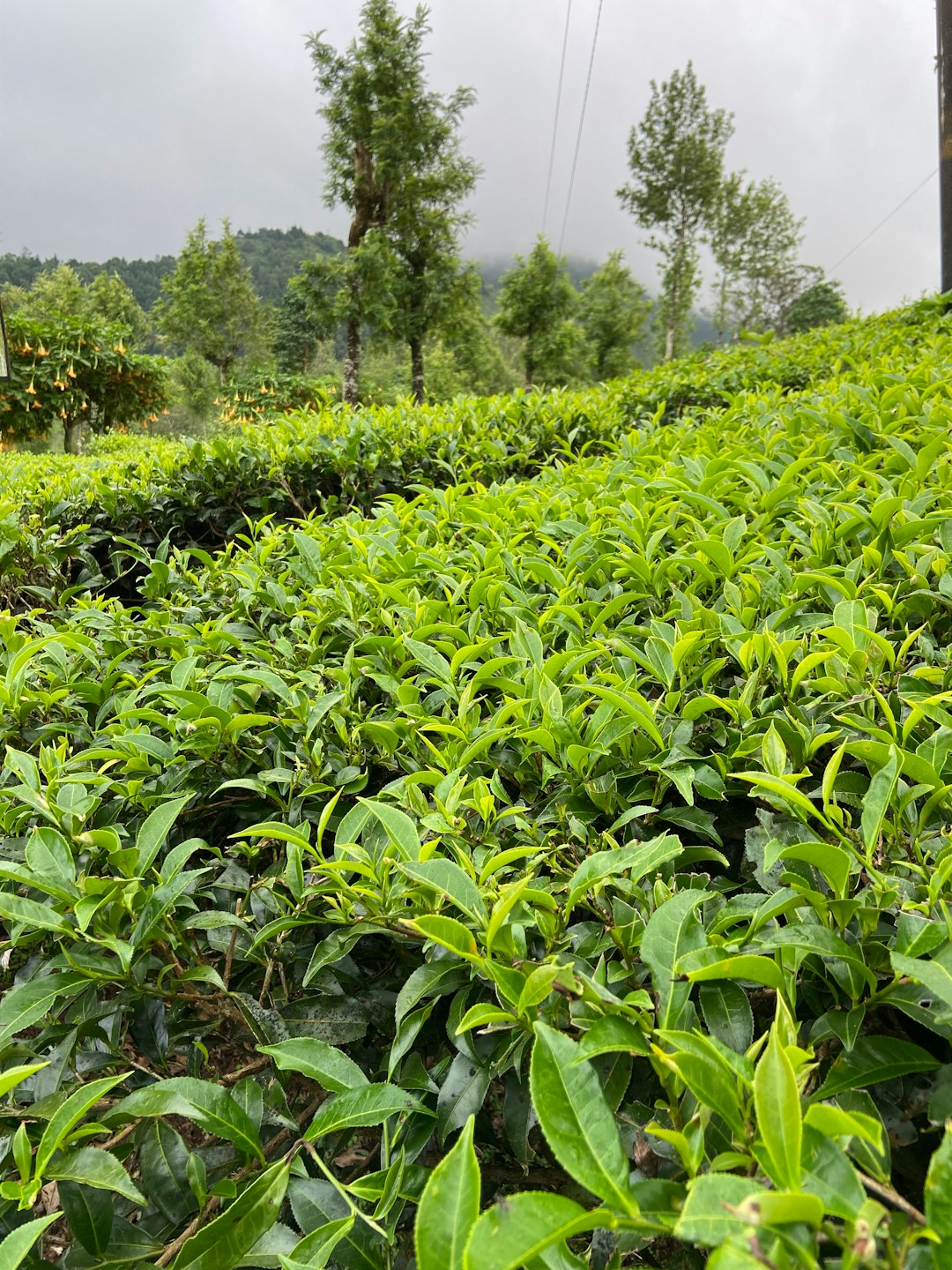
What type of soil is best for growing tea plants?
Tea plants thrive in acidic, well-draining soils with a pH between 5.0 and 6.5. This acidity helps the plant absorb essential nutrients like iron and magnesium, which are crucial for healthy leaf development. Heavy clay soils or alkaline soils can stunt growth or cause nutrient deficiencies. Amending your soil with organic matter such as peat moss or pine needles can help maintain the right acidity and improve drainage.
Read more about “How Hard Is It to Grow a Tea Plant? 12 Expert Tips for 2025 🍃”
How often should I water my tea plant to ensure optimal growth?
Tea plants prefer consistently moist but not waterlogged soil. Water deeply about once or twice a week, adjusting frequency based on weather conditions. In hot, dry climates, more frequent watering may be necessary. Overwatering can lead to root rot, so ensure your soil drains well. Mulching around the base helps retain moisture and regulate soil temperature.
Read more about “How Long Does It Take to Grow Tea? 🌱 The Ultimate 2025 Guide”
What are the most popular varieties of tea plants for home cultivation?
The two main varieties are:
- Camellia sinensis var. sinensis: Hardy, smaller leaves, suitable for a wide range of teas including green, white, and oolong. Ideal for temperate climates and beginners.
- Camellia sinensis var. assamica: Larger leaves, thrives in tropical climates, produces robust black teas like Assam.
Popular cultivars like ‘Dave’s Fave’ and the Cold Hardy Tea Plant are favorites for home growers due to their vigor and adaptability.
Read more about “7 Must-Know Tea Plant Varieties for Home Gardeners 🌱 (2025)”
Can I grow tea plants indoors, or do they require an outdoor garden?
✅ You can grow tea plants indoors, especially if you live in colder zones outside their natural hardiness range. Indoor growing requires:
- Bright, indirect light or supplemental grow lights.
- Controlled humidity and temperature (ideally 60-85°F).
- Container planting with well-draining, acidic soil.
However, outdoor growing offers more space for larger plants and typically higher yields. If you have a garden or patio, outdoor cultivation is ideal, but indoor growing is a great alternative for tea lovers with limited space.
How long does it take for a tea plant to mature and produce harvestable leaves?
Tea plants typically take 1 to 3 years to mature enough for their first meaningful harvest. Seedlings grow slower than cuttings or mature plants, so patience is key. Regular pruning and proper care accelerate healthy growth and leaf production.
📖 Reference Links and Further Reading
- Camforest Tea Plants Collection: https://camforest.com/collections/tea-camellias
- Fast Growing Trees – Cold Hardy Tea Plant: https://www.fast-growing-trees.com/products/camellia-sinensis-tea-plant
- Akatsuka Orchid Gardens – Camellia sinensis (Tea plant) – 4″ Pot: https://akatsukaorchid.com/camellia-sinensis-tea-plant-4-pot/
- Tea Association of the USA – Tea Facts and Research: https://www.teausa.com/
- NC State University – Tea Plant Research: https://horticulture.ces.ncsu.edu/extension/tea/
Ready to start growing your very own tea plants? Dive into these resources and happy planting! 🌱🍵
